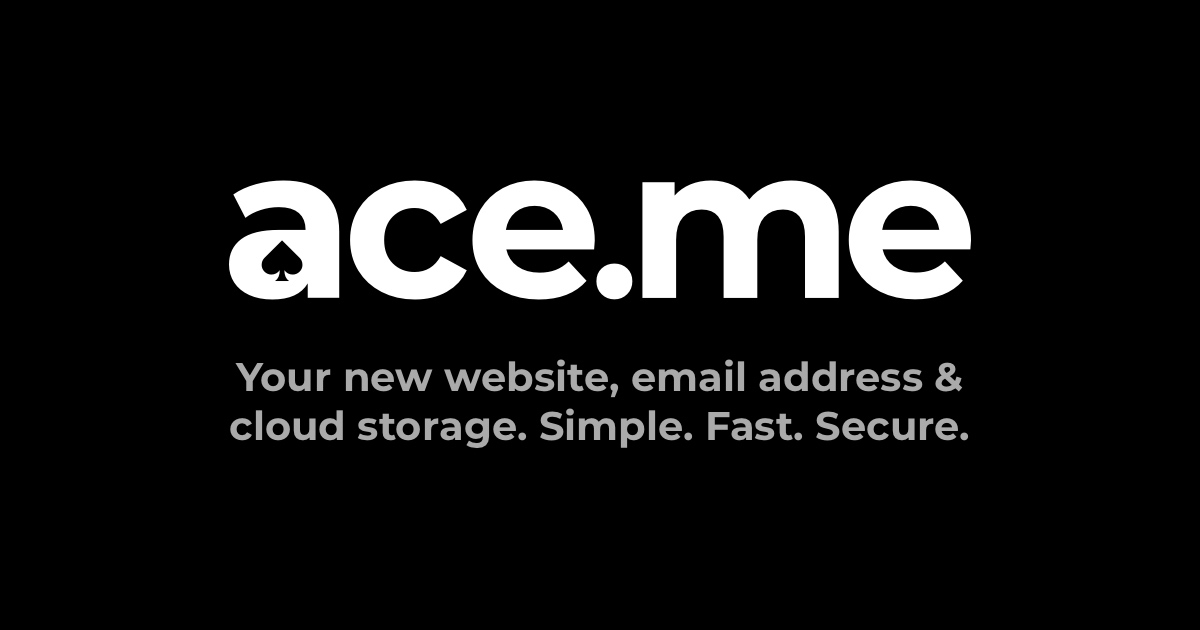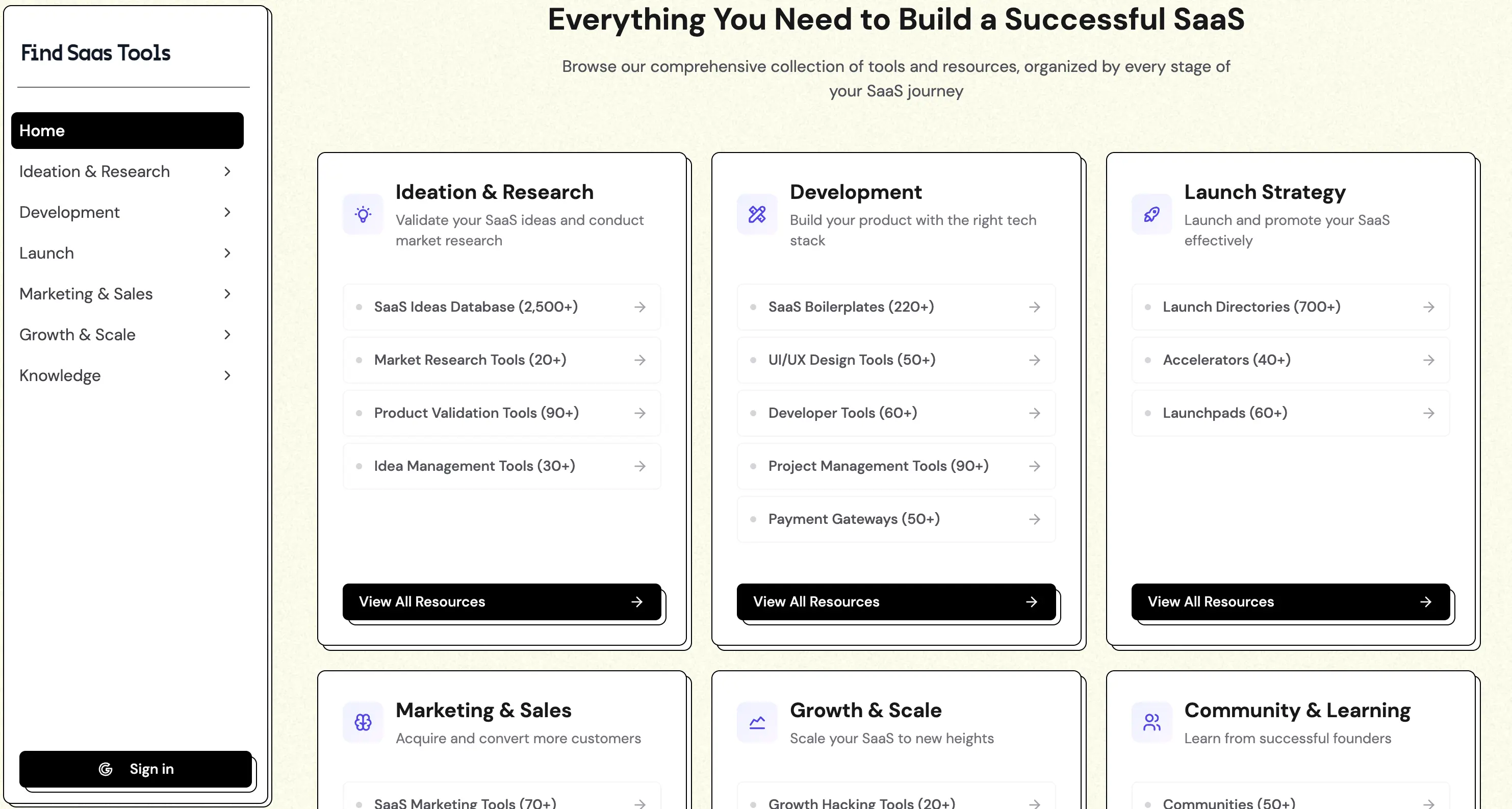SuperStarter is a comprehensive, scalable, and production-ready Next.js SaaS boilerplate designed to help developers and founders rapidly launch their AI SaaS products. It provides a robust foundation, allowing users to ship their applications in a weekend rather than months, focusing on core business logic.
Key Features:
Authentication: Powered by Clerk, offering full customization and control over user data and authentication flows.
Payments: Flexible integration with multiple providers including Stripe, Lemon Squeezy, Paddle, Polar, Chargebee, and Creem for subscriptions and one-time payments.
AI Support: Built-in support for various AI providers, enabling quick deployment of AI-powered SaaS features.
Database & API: Utilizes Prisma and Neon for type-safe data access, complemented by Hono for a type-safe and extensible API.
UI & Marketing: Features Shadcn/ui for rapid UI development with 30+ components, a stunning landing page, multi-language blog/documentation, analytics, and out-of-the-box SEO optimization.
Deployment & Codebase: Designed for serverless deployment (Vercel, Node.js, Docker) with a fully typed TypeScript codebase and Cursor/Windsurf support for AI code generation.
Use Cases:
SuperStarter is ideal for entrepreneurs and developers aiming to quickly validate and launch new SaaS ideas, especially those incorporating AI functionalities. It streamlines the process of building an MVP, allowing users to generate revenue faster by providing pre-built solutions for common SaaS challenges like authentication, payments, and user management. For technical founders, it helps create professional prototypes that can impress investors, while for small startup teams, it offers production-grade tools like analytics and error monitoring from day one. Its internationalization and SEO features make it suitable for global products, enabling immediate multi-language support and quick ranking on search engines.
Pricing Information:
SuperStarter operates on a one-time purchase model, granting unlimited project usage. It offers two lifetime tiers: "Pro" at $149 (originally $249) and "Ultra" at $249 (originally $349). A special $100 discount is currently available.
User Experience and Support:
Users consistently praise SuperStarter for its ease of use and rapid deployment capabilities. The boilerplate features well-documented components, a clean architecture, and a modern tech stack that is easy to understand and customize. It includes "First Release Technical Support" and "Lifetime updates," ensuring ongoing maintenance and assistance. An active Discord community is also available for support and collaboration.
Technical Details:
The boilerplate is built on a modern and robust tech stack, including Next.js for the frontend framework, TypeScript for full type safety across the codebase, and Tailwind CSS for styling. Authentication is handled by Clerk, while data management leverages Prisma and Neon. The API layer is powered by Hono, ensuring type-safe interactions. UI components are based on Shadcn/ui, and content like blogs and documentation utilize MDX.
Pros and Cons:
Pros:
Significantly reduces development time (e.g., saves 120+ hours, 3 months).
Comes with essential SaaS features pre-built (auth, payments, i18n, SEO, analytics).
Modern, production-ready tech stack (Next.js, TypeScript, Tailwind).
Clean, modular, and well-documented codebase, easy to customize.
Includes marketing and growth tools (landing page, blog, SEO, analytics).
Offers lifetime updates and technical support.
Cons:
Requires a one-time purchase, unlike free open-source alternatives.
Deep customization may require familiarity with its specific tech stack (Next.js, TypeScript, Clerk, Prisma).
May include features not essential for every project, potentially requiring some initial configuration or removal for very lean applications.
Conclusion:
SuperStarter offers an unparalleled advantage for anyone looking to launch a scalable and production-ready AI SaaS product quickly and efficiently. By providing a comprehensive, pre-built foundation, it empowers developers and founders to focus on innovation and customer value. Explore SuperStarter today to accelerate your next project and unlock your full potential.
























